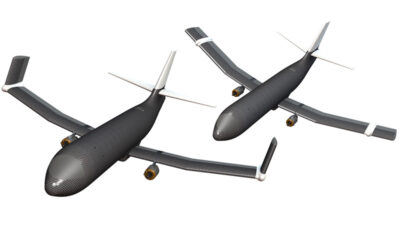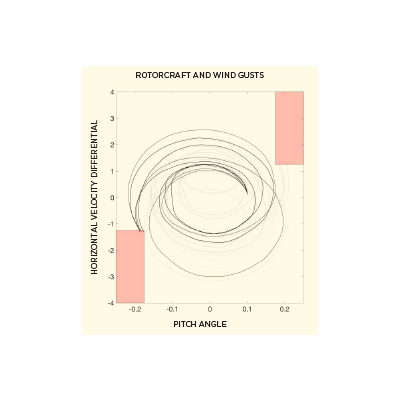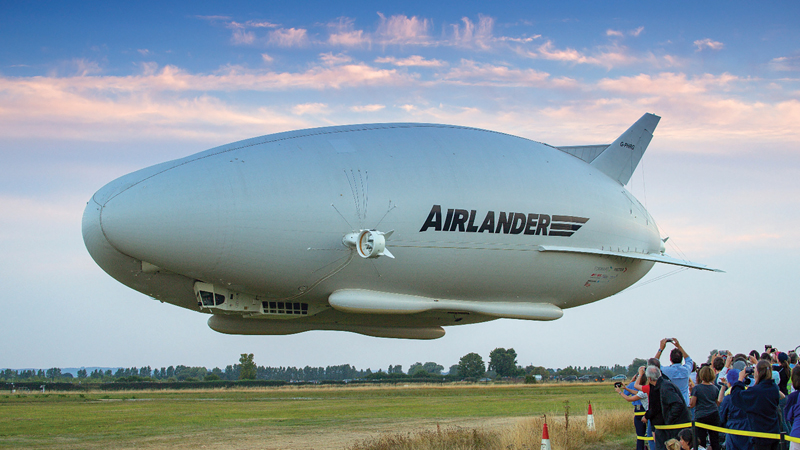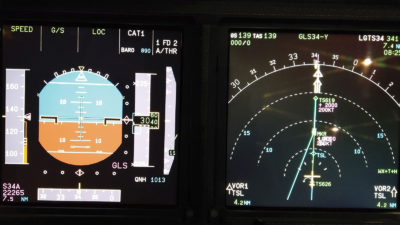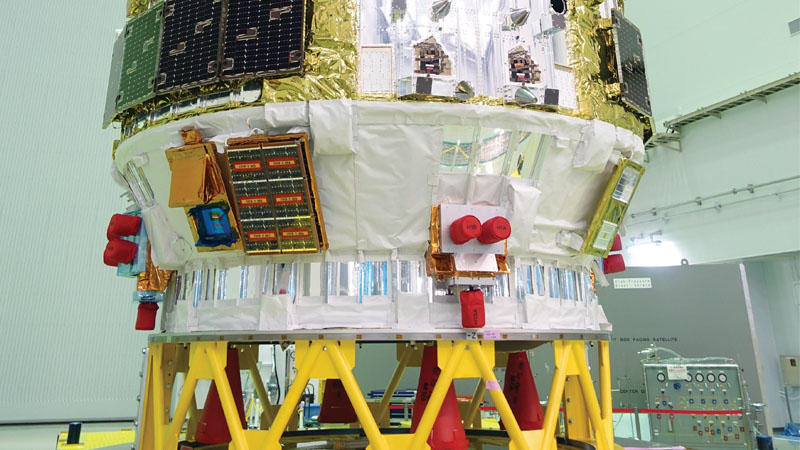Pushing the boundaries of high-speed commercial travel
By Juliet Page and Gerald Carrier|December 2023
The Supersonics Integration Committee promotes a community of practice engaged in the technical, business, environmental and societal issues associated with supersonic transports and the research needs of this emergent capability.
NASA made progress in its Quesst mission, which aims to deliver data defining community responses to quiet supersonic flight. In June, NASA’s X-59 research aircraft was moved from the construction site to the flight line at Lockheed Martin’s Skunk Works in California for integrated power-on testing leading to first flight. This year, California-based Crystal Instruments delivered initial production versions of its autonomous, high-fidelity ground recording systems to NASA, which is preparing the units for a risk reduction field test, scheduled for the end of the year, near Armstrong Flight Research Center in California. The systems are to collect acoustic data from X-59 overflights. In October, NASA and its Harris Miller, Miller and Hansen-led contract team conducted a test of the survey methodology being developed for the Quesst community tests, including recruitment, survey administration and data processing.
In August, SpaceWorks Enterprises of Georgia released results of a NASA-sponsored high-speed commercial transportation market study assessing lifecycle modeling. The aircraft design space spanned cruise numbers between Mach 1.5 and Mach 5, maximum unrefueled operating range between 3,500 and 7,000 nautical miles, passenger counts between 20 and 50, and four fuel-type options. As part of this effort, SpaceWorks conducted a 2023 travel survey. Ticket price elasticity analysis showed that for trans-Atlantic flights, willingness to pay premium fares dropped significantly relative to the 2020-2021 study (post-covid-19), but trans-Pacific market demand remained comparable to pre-pandemic levels. Modeling demonstrated that Mach 1.5 business cases typically resulted in the lowest ticket prices, lowest aircraft prices, highest market capture and most aircraft sold. The addition of quick refueling stops for shorter-range aircraft improved the business case for higher cruise aircraft (Mach 3-5) but was insufficient to outperform lower-Mach aircraft flying direct. At NASA’s fifth High-Speed Commercial Vehicles Workshop in August, SpaceWork’s John Olds said that “the Earth isn’t big enough to have a Mach 5 commercial aircraft” when considering taxi times, acceleration times and calculating actual time savings.
NASA awarded a combined $5.1 million across two contracts for the development of high-speed conceptual designs and technology roadmaps. Northrop Grumman received the first contract in January, and Boeing the second in May. The studies are part of NASA’s efforts to explore the development of an integrated strategy for high-speed aircraft technology and establish sustainable civilian aircraft capable of flying at speeds of Mach 2 to Mach 5 by 2040. The contractors will design conceptual vehicles and provide them to NASA as reference vehicles. They will identify and present their best estimates and rationale for thresholds and goal values for metrics of interest for future civil certification. The designs will identify technologies and develop roadmaps addressing environmental, economic and societal barriers to sustainability. The Northrop Grumman team includes Boom Supersonic of Colorado, Blue Ridge Research and Consulting of North Carolina and Rolls-Royce LibertyWorks of Indiana. The Boeing team includes Exosonic of California, Georgia Tech Aerospace Systems Design Laboratory, GE Aerospace of Ohio and Rolls-Royce LibertyWorks.
A team led by the University of Washington with Stanford University, the University of Michigan and Boeing conducted several wind tunnel and water tunnel tests this year at the University of Washington’s Kirsten low-speed wind tunnel and Boeing’s Flow Visualization Water Tunnel. The tests were part of a NASA-funded study of supersonic configurations at low speeds. Low-boom shaping results in unique configuration features, such as very long slender noses and upper mounted nacelles, and NASA’s Supersonic Configurations and Low Speeds project is investigating performance at low-speed takeoff and landing flight conditions. Areas of study include low-speed aerodynamics, stability and control, multidisciplinary design optimization, computational fluid dynamics, panel methods and supersonic transport conceptual design.
Contributors: Peter Coen, David Lazzara, Todd Magee and Lori Ozoroski



